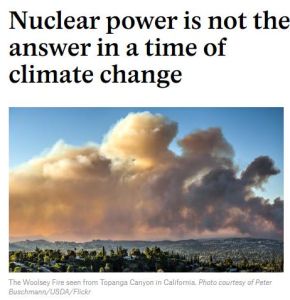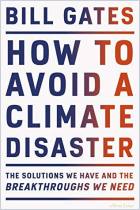
Read or listen offline
Amazon KindleRecommendation
Nuclear power may seem like a perfect, low-emission answer to a climate-compromised world, but recent years have only validated concerns that the marriage of nuclear and climate change is an unfortunate one. Wildfires and melting glaciers release radiation from long-ago nuclear tests, and symptoms of climate change produce outsized effects in coastal regions where nuclear power plants are often built utilizing seawater as a convenient coolant. So what is the answer? Stony Brook University’s Heidi Hutner may tell you what you already know: renewables, renewables, renewables.
Summary
About the Authors
Heidi Hutner is the director of the Sustainability Studies Program at Stony Brook University and producer of the documentary Accidents Can Happen: The Women of Three Mile Island. Erica Cirino s a science photojournalist, covering stories about wildlife and the environment, most often related to biology, conservation and policy.


















Comment on this summary